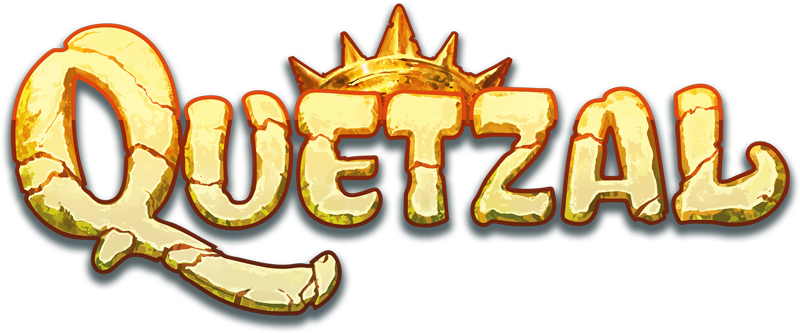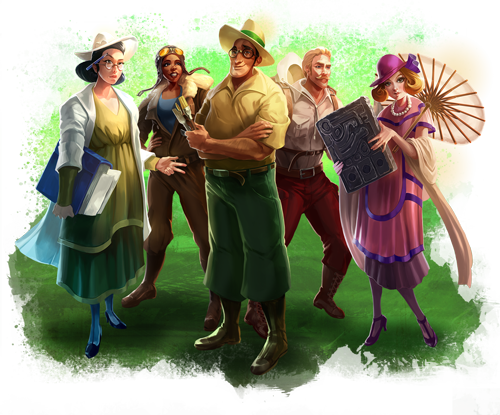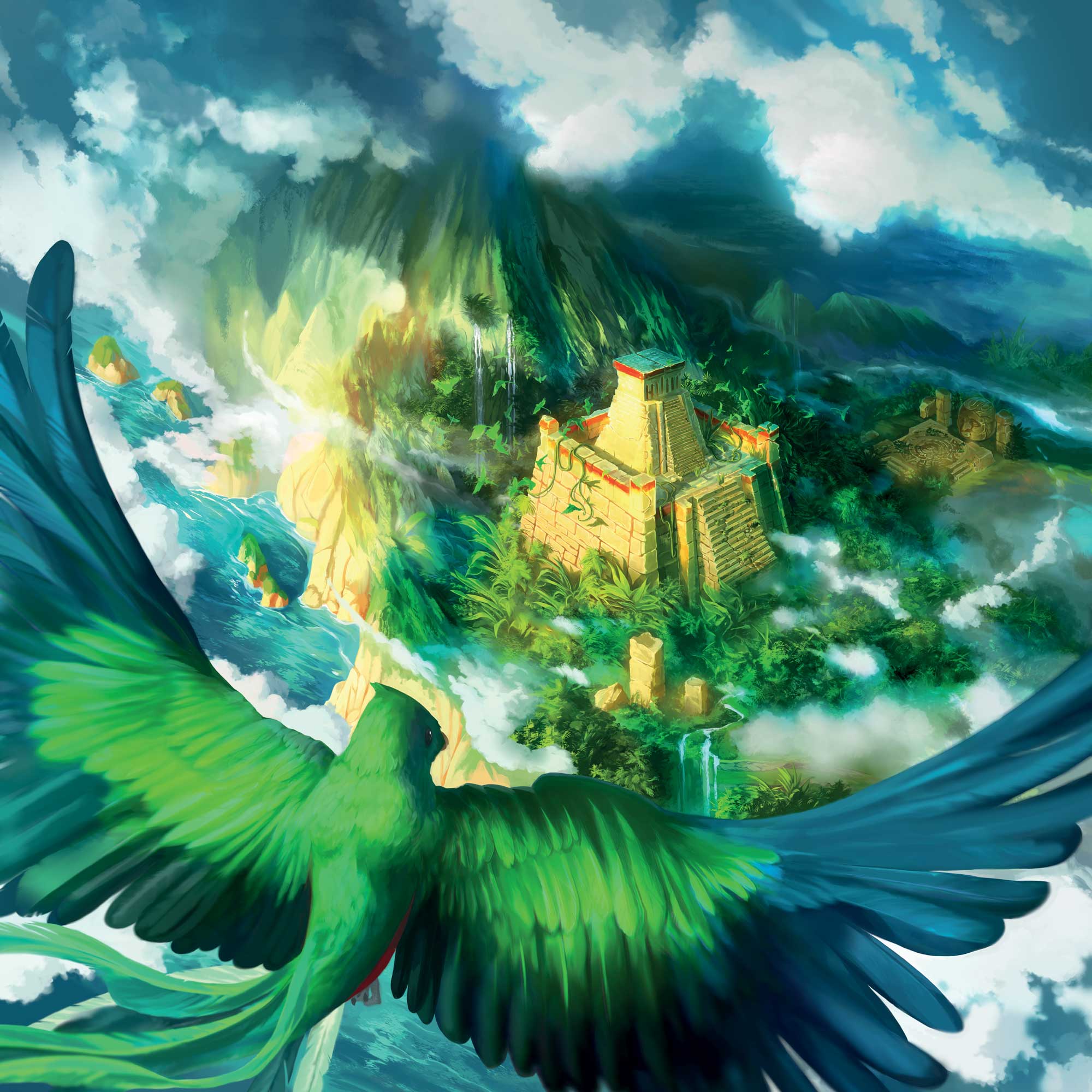
Designer Diaries
Quetzal, meeples can take flight.
I've often noticed that a good proportion of the players I play with use the game content in front of them for fun, waiting for their turn to come. You will certainly have noticed it too: nicely lining up all their pawns or simply stacking their cubes or other meeples to try unlikely acrobatics figures. It is from this first empirical observation that Quetzal's first ideas germinated. From a pleasant action (which was yet to be found), entertaining to realize in itself, would perhaps hide an opportunity for play. In my creative process, it is important to know that I most often embody an explorer who cannot predict in advance the nature of his discoveries, rather than a logician guided by a schedule. This is especially true during the initial phases of conceptual research, and it was the case in the early stages of Quetzal's work.
My challenge was to find a mechanism that did not exist (as far as I knew), based on an action that was universally accessible and fun to perform, using the game material itself as a basis. It was time to open my "magic box" which contains more than 1000 amalgamated game elements and had everything I needed for my prospecting. Logically, dice, cubes and counters of all kinds allowed me a variety of die-cutting tests, but I felt that instinctively I was stuck on the "arrangement/layout" aspect which didn't convince me enough because I felt that exploring this vein would probably take me under the footsteps of the very good Meeple Circus which already exploited this dynamic. So I took the problem upside down and wondered what common playground equipment seemed to be used most often in the same way. Finding this element and "twisting" its use would be all the more surprising because it would reverse some codes, and generate a small surprise effect. That's when those meeples on the table waved their little arms to tell me they were a little bored of being used only to occupy squares on a board. I then put all the material in the box, except for a few meeples. And I left to find out what pleasant sensations they could still offer us. Throwing meeples was one of the most natural acts that followed. The goal of making them fall standing up was in itself uncertain and fun to achieve. It seemed random enough that a more agile player would not have an advantage over his opponents. I had probably discovered what I was looking for without anticipating it, and the meeples had literally taken flight to transcend themselves! But let's be honest, I didn't have a game yet, just a little matrix around which to develop one.

The next step in itself was more framed, as I had to know what these meeples could be used for lying down, standing or on the edge. Throwing these meeples was an already familiar element, close but different from throwing dice. And the dice, which generate randomness par excellence and are rather consensual on their playful interest, are probably a little less consensual due to their ability to sulk a player, because of their variance (each side of a D6 has thus only about 17% chance of being displayed on a roll). Meeples have only two faces, so assigning a "value" to them would set the probability of one face coming out at 50%. My meeples should behave like more stable dice, with a fun and unique effect linked to the success of making them fall upright. On the edge and standing, to further increase control over meeple throws, the player would choose which side they would be left on.
So I built two game version of the game that went nowhere with the meeple throwing as a "resource" engine. A third attempt deserved a little more attention. The universe was evolving in an amusement park with 5 big attractions, and our meeples were visitors (children or adults), who got tickets and then took a ride on the attractions. The bigger the groups were, the faster the players had access to the tickets and to the desired attraction. There was a bidding mode with our meeples to guarantee the first place. But more meeples had to be paid to guarantee that place, which made the system both tense and interactive. Since the meeples thrown are either of one type or the other, no one had a shortage of both colors at the same time! Thus, the value generated by the throws of each was equivalent, only it was distributed differently on the two possibilities. This system seemed to work well with the testers and was one of the major areas of development to be perfected. Other areas of play, such as collections, were developed in parallel for a sensible game experience. I won't go into the details of this version which was called Toboggan (because some boxes allowed to throw a meeple and to see if the child was standing at the exit of the slide), and which I presented to Gigamic at the BGF (Brussels) in 2018. For info, the first ideas and iterations on this game date back to August 2017. Then followed the appropriation of the game by the Gigamic Team, the publishing contract, several proposals for mechanical adaptation and the change of theme. All exchanges with Gigamic are serene and discussed, tested on both sides, and weighed again before being definitively validated. The basis of the game always remains the original prototype, but is improved progressively, smoothing out all the little sticking points. We move forward together towards the final version, which is remarkably dressed by Nastya Lehn. I am seduced by her style and the game box, just like the game board, are works of art that feast my eyes! Gigamic's editing work is remarkable, and Quetzal and his meeples can serenely take flight!
